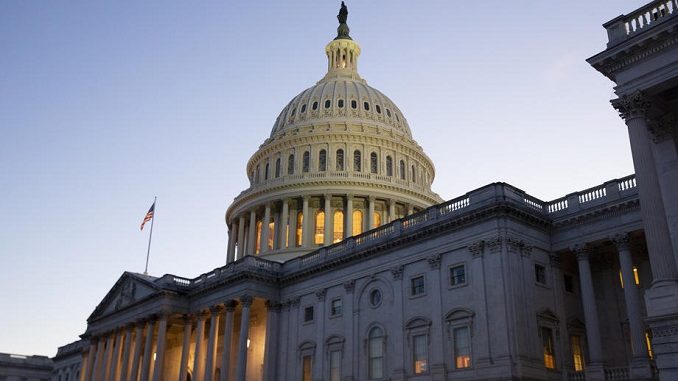
Even before many candidates publicly declare their intentions, Republicans look to be on track to make significant gains in next year’s midterm elections, as state legislatures and commissions in more than half of the United States have proposed or completed new congressional district borders. Only a dozen of the 27 states have finished the redistricting process. Six other districts do not require boundary lines since they elect only one member in an at-large district.
Those states that have completed or are in the process of completing final maps provide early indications of which party has gained an edge as they prepare to fight for control of Congress, The Hill reports.
Even before many candidates publicly declare their intentions, Republicans look to be on track to make significant gains in next year’s midterm elections, as state legislatures and commissions in over 50% of the United States have proposed or completed new congressional district borders.
Those states that have completed or are in the process of completing final maps provide early indications of which party has gained an edge as they prepare to fight for control of Congress.
Through the redistricting process in Georgia, Montana, New Hampshire, and Wisconsin, Republicans look to be on track to gain at least one U.S. House seat. In Ohio, legislators are considering a redistricting that would move a delegation made up of 12 Republicans and four Democrats from 12 to 13 Republicans and only two Democrats.
The Republican Party will lose a seat in West Virginia, which would reduce its all-Republican congressional delegation from three to two members.
Republican redistricting that appear to favor more Democratic candidates can actually help the GOP maintain control of a delegation.

Be the first to comment